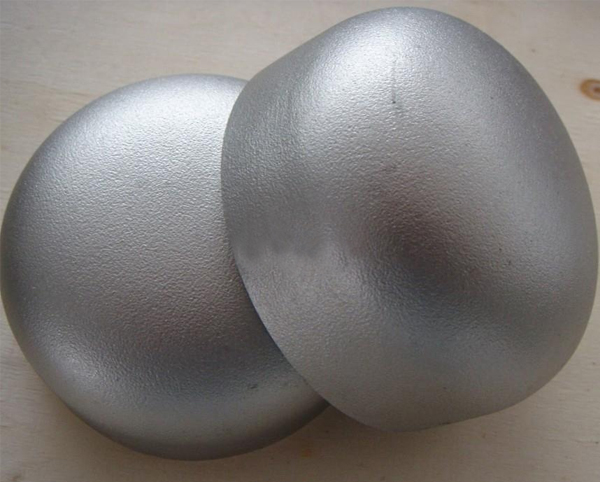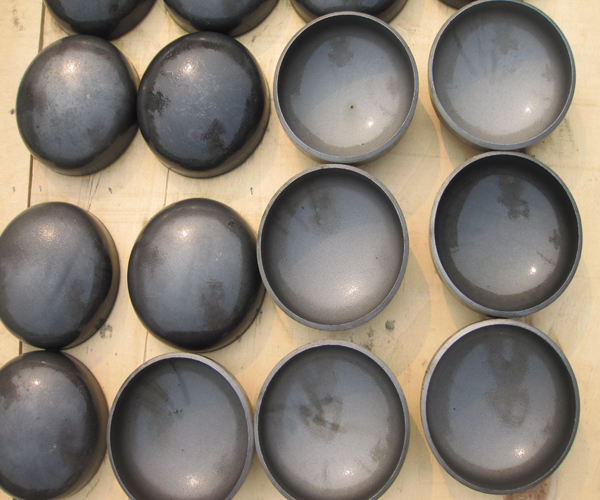With the rapid development of modern industrialization and urbanization, while resources, especially energy consumption, continue to increase, regional air pollution problems are becoming more prominent. Volatile organic compounds (volatile organic compounds, VOCs) are an important part of atmospheric pollutants, which have a huge impact on human survival and health. Its emission control and pollution control cannot be ignored. The Institute of Urban Environment of the Chinese Academy of Sciences is committed to the research and development of environmental functional materials and their research on VOCs control and elimination.
In VOCs control and treatment, catalytic combustion treatment technology is the most extensive, but the high-energy consumption of fossil fuels used in catalytic combustion leads to energy crisis and environmental pollution caused by fuel combustion. The renewable green clean energy system constructed by solar energy represents the direction of the energy revolution. Traditional solar photocatalytic degradation of VOCs is limited by the bandgap energy of semiconductor materials. Only ultraviolet and partial visible light are utilized. Most of the infrared light, which accounts for 48% of solar energy, is lost in the form of thermal radiation, resulting in low solar quantum efficiency. At the same time, high energy demand is an important factor restricting the development of traditional catalytic combustion technology. The use of solar energy to convert and store heat energy to drive catalytic reactions is expected to replace traditional thermal catalytic technology, thereby achieving low energy consumption in industrial applications. The scientific problem is how to capture solar energy in a broad spectrum, reduce the loss of solar energy, and how to effectively convert the captured solar photon energy into thermal energy and introduce it into the catalytic reaction to achieve an orderly conversion of the full spectrum of sunlight. The key lies in efficient light Development of thermal conversion materials.
Graphene has the advantages of broad spectrum absorption properties and excellent light-to-heat conversion performance. Based on the traditional thermal catalyst Pt-TiO2, the graphene assembly Pt-rGO-TiO2 is designed through optical, thermal and catalytic reaction sites. Achieve 14.1% photothermal conversion efficiency of Pt-rGO-TiO2 without condensing light and efficient and harmless conversion of VOCs (infrared light intensity 116 mW / cm2, photothermal temperature 150 ℃, toluene conversion rate 95%, mineralization rate 72 %). Graphene is an infinitely expanding two-dimensional nanomaterial of six-membered cyclic benzene units formed by sp2 hybrid carbon atoms. In addition to having a large specific surface area and porosity, there is a strong π-π between the molecules of graphene and toluene reactant A large amount of toluene can be adsorbed and enriched on the surface of graphene through π-π action, increasing the residence time of the reactant molecules on the catalyst, thereby improving the catalytic activity. Compared with graphene-supported platinum-titanium dioxide (Pt-rGO-TiO2), toluene penetration experiment and temperature-programmed desorption experiment analysis confirmed that under infrared light temperature, the graphene adsorption layer supported platinum catalyst (Pt-rGO) was still Shows a higher saturation adsorption capacity. Innovative construction of Pt on rGO adsorption layer realizes 17.6% light-to-heat conversion efficiency and complete and harmless conversion of toluene under condensing conditions (infrared light intensity 146 mW / cm2, photothermal temperature 180 ℃, toluene conversion rate 98%, ore 96%). The work was published in Appl. Catal. B: Environ., 2018, 233, 260-271; J. Mater. Chem. A, DOI: 10.1039 / C9TA00148D.
Previously, the precious metal plasma resonance effect (Pt-Al2O3), black bimetallic oxides NiOx / Co3O4, CeO2 / LaMnO3 exhibited strong light absorption and photothermal effects in the full solar spectral range (200 ~ 2500 nm), which caused the catalyst temperature to rise High, so that it has an efficient full solar spectrum driving VOCs catalytic purification activity. Related research results were published in ACS Appl. Nano Mater., 2018, 1, 2971-2981; Appl. Nano Mater., 2018, 1, 6368-6377; Appl. Catal. B: Environ., 2019, 140, 141-152 . 2 patent applications (2017101950058, 2017103067971).

Introduction to the picture: Based on the traditional thermal catalyst Pt-TiO2, the optical, thermal and catalytic reaction sites of the graphene assembly Pt-rGO-TiO2 are jointly regulated and designed, which provides the possibility of using solar energy to replace the heat source to drive VOCs catalytic oxidation. Through the photothermal catalytic oxidation toluene reaction evaluation, the Pt-rGO-TiO2 ternary catalyst can achieve a light-to-heat conversion efficiency of 14.1% and the efficient conversion of VOCs to the final product CO2 without light concentration. Although the conversion of VOCs to the final product CO2 is as high as 72%, there is still a certain distance from the completely harmless conversion. Therefore, through the further microstructure control of the catalytic material, complete and harmless conversion of VOCs can be achieved. Graphene is an infinitely expanding two-dimensional nanomaterial of six-membered cyclic benzene units formed by sp2 hybrid carbon atoms. In addition to having a large specific surface area and porosity, there is a strong π-π between the molecules of graphene and toluene reactant A large amount of toluene can be adsorbed and enriched on the surface of graphene through π-π action, increasing the residence time of reactant molecules on the catalyst, thereby improving the catalytic activity. Through the photothermal-induced catalytic activity evaluation of toluene degradation reaction, the Pt-rGO binary catalyst achieved a light-to-heat conversion efficiency of 17.6% under the non-concentrating light intensity of 146 mw / cm2, and the thorough conversion of VOCs to the final product CO2 Harmless transformation.
Cap is mainly used for welding on a pipe end to cover pipe end.Pipe caps Production process: hot forming.
Steel Pipe Cap belonging to steel pipeline products,material can be divided into Carbon Steel Pipe Cap, alloy steel cap, stainless steel cap. Welded on the pipe end or threaded cap on the thread pipe end to cover plugging the tube. For closing the pipeline, the role of the same plugs. same to the role of Blind Flange, but blind are removable , welded cap is not removable. Cap including convex cap, cone shell, adjustable sections, flat lid and tighten port design. Production process is the thermoforming.
| Product Name:Pipe Cap |
| Size:DN10-DN2500 |
| Materials: A234 WBP-WP1-WP12-WP11, A403 WP 304-304L-316-316L, A402 WPL3-WPL 6,A860 WPHY 42-46-52-60-65-70,PG370,C20 |
| Thickness: 2mm-100mm |
| Standard:GB/ANSI/ GOST/ JIS/ DIN |
| Crafts: Cold extrusion, Thermoforming. |
| Connection: Welding |
| Package: Wooden boxes,Wooden pallets,According to customer requirements. |
| Brand Name: HY |
| Place of Origin: China (Mainland) |
| Certification: ISO.UKS.SGS.BV |
| Application: Chemical, Water, Oil and gas, Electricity |



Pipe Cap,Steel Tube End Welding Cap ,Steel Pipe Cap ,Plastic Pipe Caps
CANGZHOU HAOYUAN PIPE FITTINGS MFG CO.,LTD , https://www.pipefitting-china.com